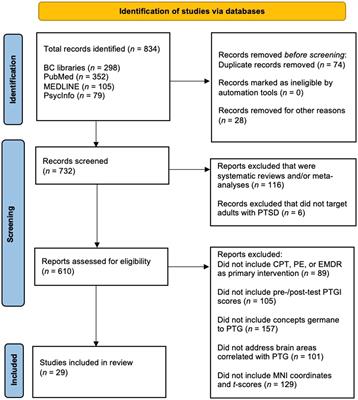
EMDR
Eye movement desensitization and reprocessing is a form of psychotherapy developed by Francine Shapiro in the 1980s that was originally designed to alleviate the distress associated with traumatic memories such as post-traumatic stress disorder. In EMDR, the person being treated recalls distressing experiences whilst doing bilateral stimulation, such as side-to-side eye movement or physical stimulation, such as tapping either side of the body. The 2013 World Health Organization practice guideline states that EMDR "is based on the idea that negative thoughts, feelings, and behaviors are the result of unprocessed memories. The treatment involves standardized procedures that include focusing simultaneously on spontaneous associations of traumatic images, thoughts, emotions and bodily sensations and bilateral stimulation that is most commonly in the form of repeated eye movements."
